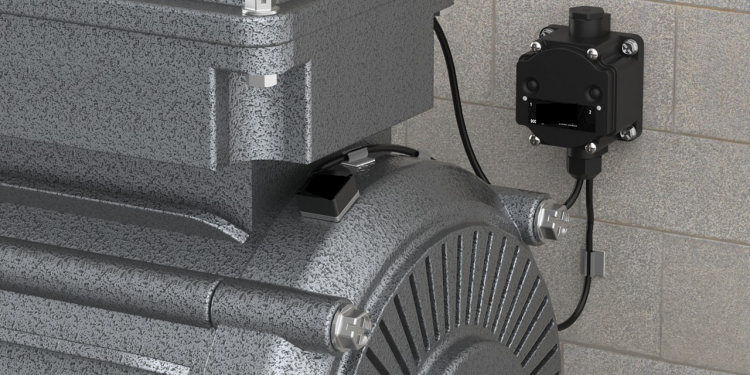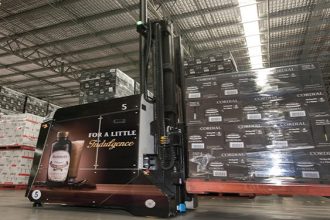Benefits of Condition Monitoring Sensors in the Material Handling World

Getting condition monitoring sensors onto critical assets can make or break your P&L. In today’s high stakes supply chain, unexpected downtime can be the kiss of death, especially in the midst of a peak season. Consider the high-speed conveyor system that’s ticking along at 300 or so feet per minute grinding to a halt. Production shuts down along with the conveyor, your workers are left standing idly by, and you’re losing money by the minute. It is the nightmare scenario every company wants to avoid.
So why are there not more manufacturers using condition monitoring sensors? Let’s explore the benefits condition monitoring sensors can bring to your operations.
Benefits of Condition Monitoring Sensors
- Affordability
Until recently, effectively and continuously monitoring material handling assets that might break down was out of the price range for most companies. Condition monitoring sensors are now at a reasonable cost. Gone are the days when a condition monitoring sensor costs $4,000 to monitor a $5,000 piece of equipment. Today, those condition monitoring sensors are much more affordable, and the ROI is justified.
- Monitor Any Equipment Component
In the past, the only businesses that featured condition monitoring sensors were the equipment manufacturers themselves and often placed solely on high-end, expensive equipment. Typically, manufacturers place condition monitoring sensors solely on high-end components and expensive pieces of equipment designed to protect the investment of the asset itself with less focus placed on the circumstances of its possible failure Condition monitoring sensors weren’t designed with the small belt conveyor motor in mind. Today, that isn’t the case.
The most common types measured by condition monitoring sensors are either vibrations, temperature, or oil condition. Of the three, vibration might be the most critical measurement as a way to determine if your equipment is nearing failure or in need of some maintenance. The condition monitoring sensors continuously gather data, which is then interpreted by AI or a specific IT tool that can crunch numbers and then flag a possible problem before it becomes catastrophic. In general, the sensors are monitoring trends—if the temperature approaches a certain threshold, for instance, the software will send out a red flag to have a look at the asset. Ignore it longer, and the system will alert you to the fact that the asset might need to be replaced soon.
Today, there are aftermarket sensor and software companies that allow for easy monitoring of even the most basic mechanical component via cloud or local data aggregation.
- Real-Time Data
You might be relying on your maintenance staff to spot check critical equipment as part of their normal preventative maintenance (PM) program. This program is simply designed to look at keeping assets greased, balanced, and maintained. PMs are common and an effective start to monitoring critical assets, but it only gives a finite data point.
With condition monitoring sensors, you have a continuous stream of data that gives you the ability to predict earlier when assets might break or need replacing due to stress, age, and quality. Smart technology and connectivity take over from the condition monitoring sensors and put together a real-time picture of a component’s health.
- Operational Savings
Once that health picture has been well-established from your condition monitoring sensors, owners and operating managers can better schedule proper maintenance. The trending data from the sensors truly enable actionable decisions that save on operational costs.
First, is the labor savings. Until recently, end users worried that data crunching would be their job, but today much of that is performed by technology. There is no need to hire an analyst or an expert in vibrations or temperature controls.
Next, are the time and equipment cost saving. The sensors enable you to save the equipment itself and, more importantly, schedule the repairs and maintenance to avoid unexpected downtime. The end user has a seamless experience, and the material handling equipment can continue without a hitch or slowdown.
Final Thoughts
Purchasing condition monitoring sensors is a worthwhile investment. Monitoring equipment in a proactive and predictive manner will ensure your equipment is kept running at optimal levels and peak performance thereby improving productivity and giving back a significant return on your investment.
For more information about the Solutions Community: https://www.mhi.org/solutions-community
For further articles from the Solutions Community:
The Digitization Of Intralogistics: Storage
Supply Chain Lessons Learned During The Pandemic
3 Ways Digital Tools Improve Warehouse Labor Productivity
Logistics And The Importance Of Digital Inventory
Intralogistics: Warehouse Digitalization Of Receiving
Digitization Of Intralogistics



